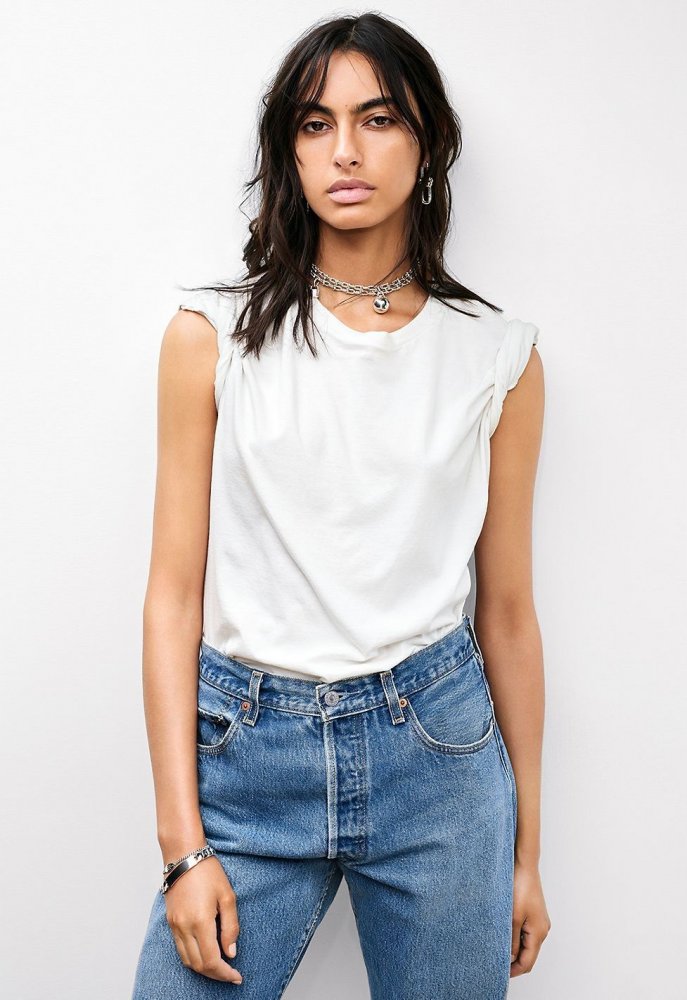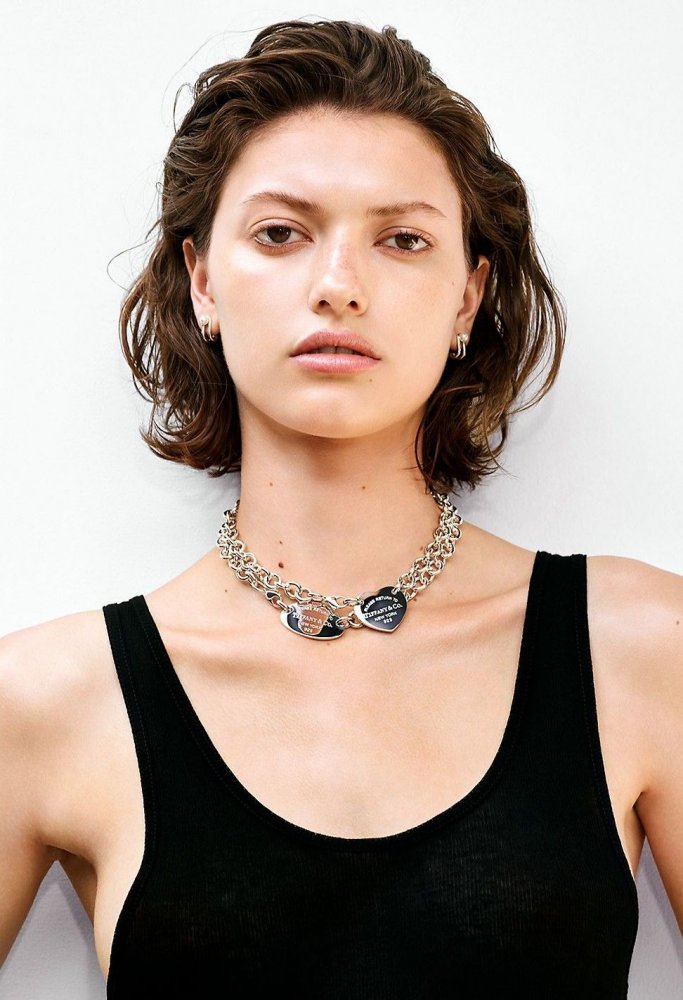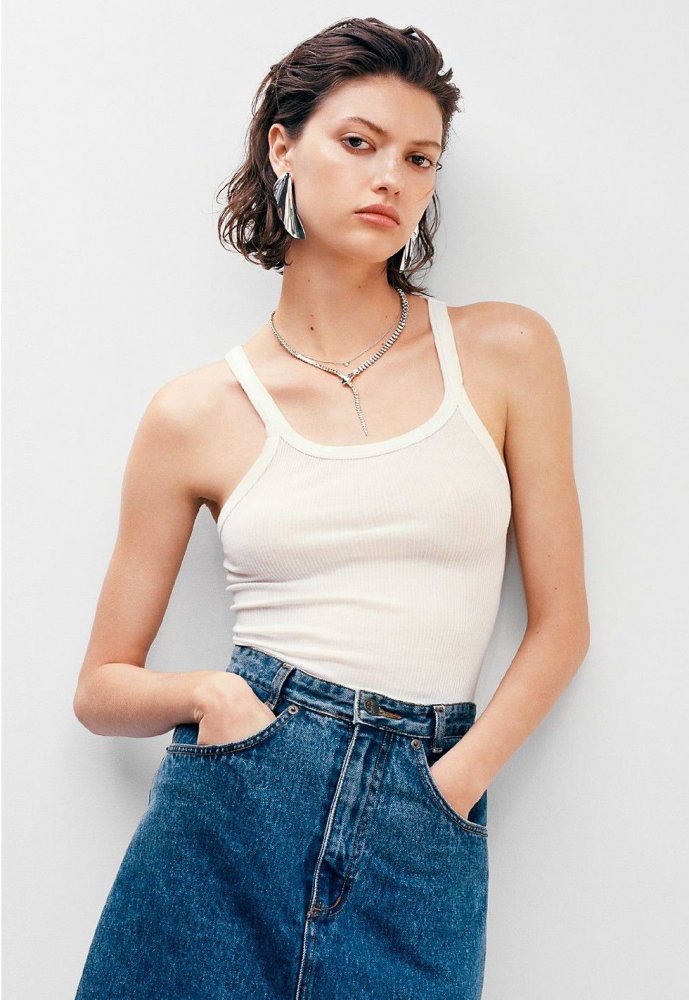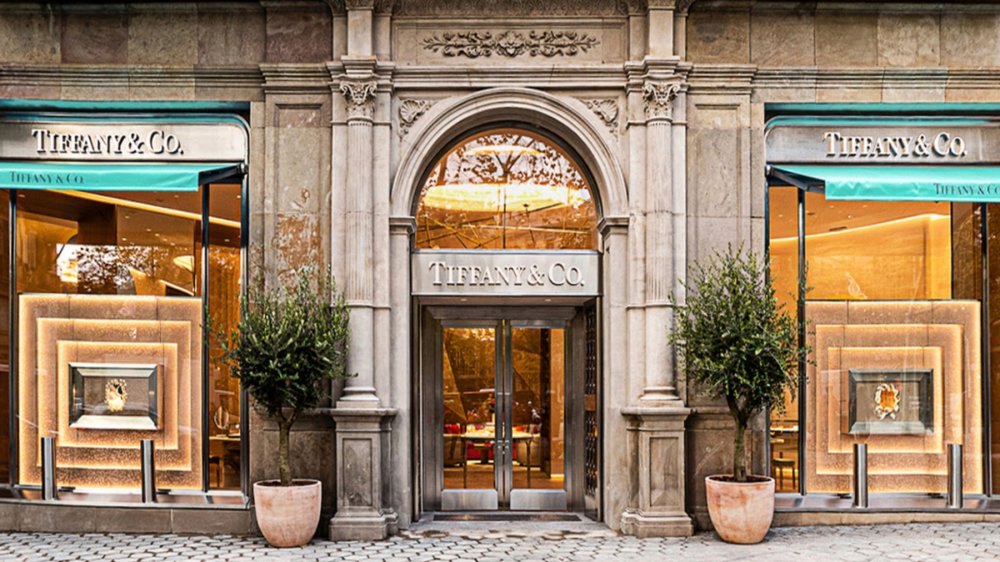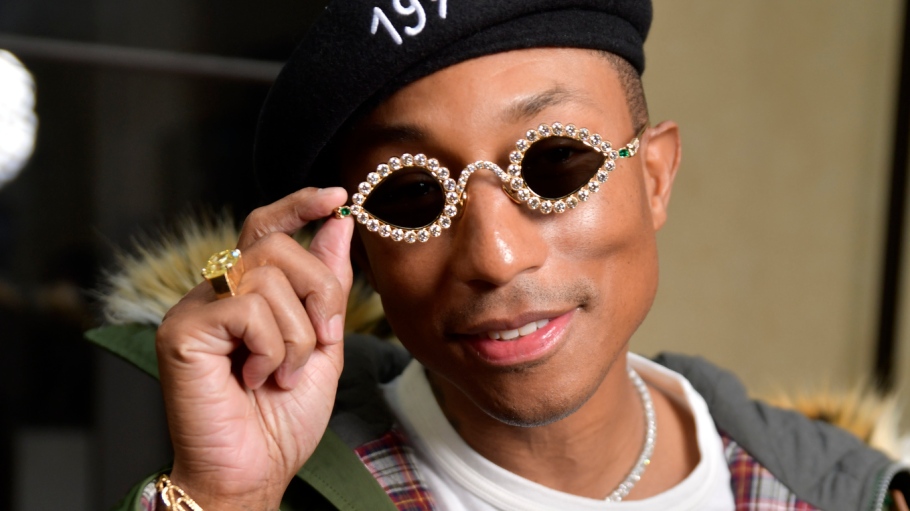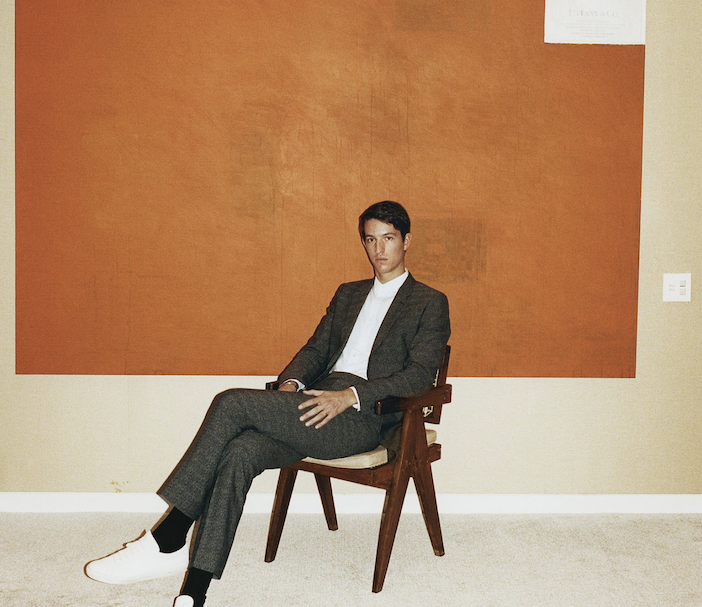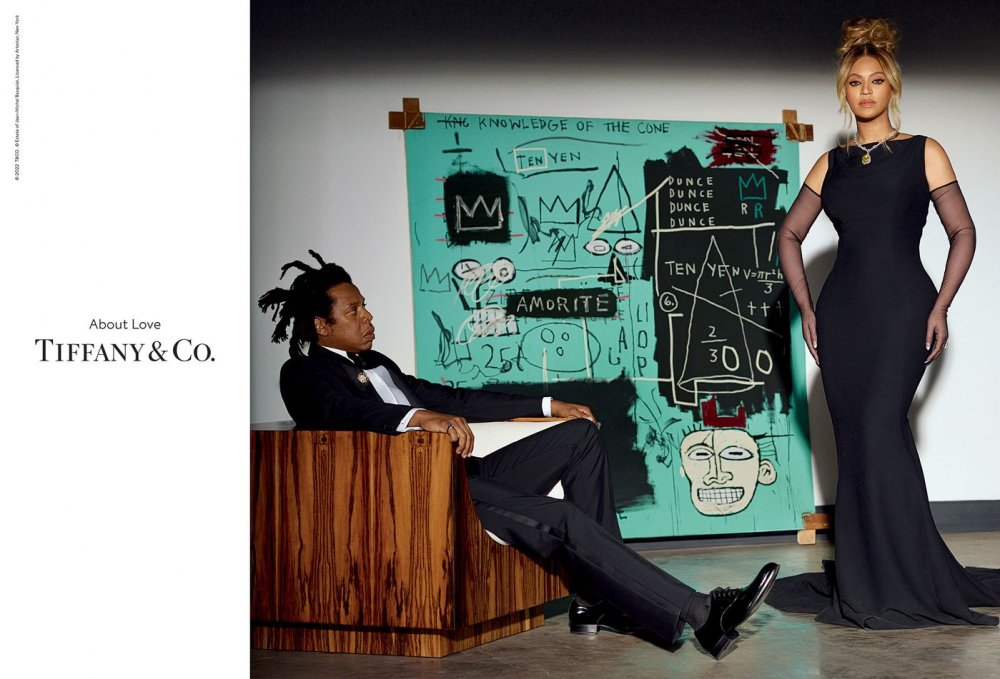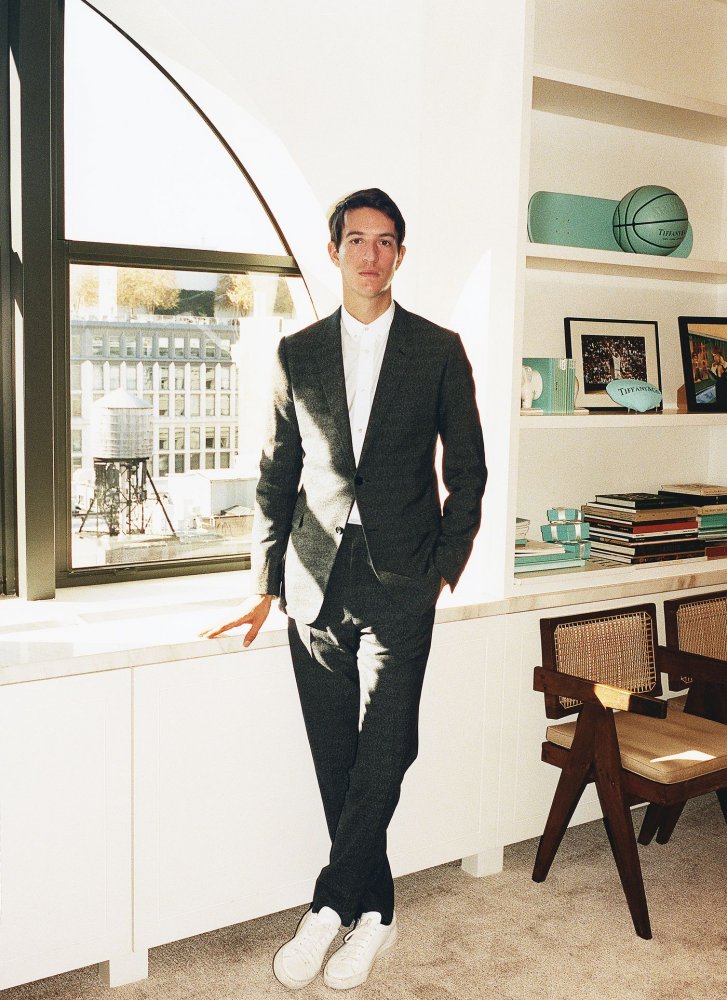Frederic01
Well-Known Member
- Joined
- Jun 7, 2021
- Messages
- 1,488
- Reaction score
- 3,064
WSJTiffany’s New French Owner Brings a Makeover—and a Culture Clash
LVMH aims to heighten the jeweler’s allure to elites abroad while preserving what makes it popular in America
By Suzanne Kapner / Dec. 23, 2021 7:56 am ET
The French takeover of Tiffany & Co. started with insults, lawsuits and accusations of mismanagement. Then things got really uncomfortable.
Soon after LVMH Moët Hennessy Louis Vuitton SE closed its $15.8 billion acquisition of the American jeweler last January, it replaced several of Tiffany’s senior leaders with executives from other parts of the LVMH empire. Some remaining employees joked that French lessons were a prerequisite for job security.
In April, a group of Tiffany staffers circulated an unsanctioned memo offering tips on “Franco-American cultural nuances and etiquette.” It advised against discussing weekend plans while waiting for a meeting to start. “French people share more negative feedback,” it warned. “Expect less warm and fuzzy: ‘amazing’, ‘fabulous’ and excessively positive comments are not the norm.”
Tiffany’s new chief executive, Anthony Ledru, denounced it after it circulated, disputing the notion that people had to assimilate to succeed at their jobs. He told his team “we are not aligned with this,” Mr. Ledru said in an interview at his Manhattan office.
Bridging the cultural divide is not the only challenge facing Tiffany’s new owner. The other is strategic. LVMH is trying to reboot what it sees as a sleepy brand that hasn’t kept pace with Cartier, Chopard and other luxury jewelers.

‘There is something friendly, approachable and very American’ about Tiffany, said the CEO appointed by LVMH, Anthony Ledru.
PHOTO: VICTOR LLORENTE FOR THE WALL STREET JOURNAL
That means Tiffany will have to maneuver from a high-end but accessible American jeweler to one that is more exclusive and meant to appeal to wealthy European and Chinese buyers.
Tiffany holds a special place in American culture, from its iconic blue box to its idealized engagement rings. Its Fifth Avenue store was immortalized in the 1961 movie “Breakfast at Tiffany’s,” starring Audrey Hepburn.
“There is something friendly, approachable and very American” about Tiffany, Mr. Ledru said. He said he doesn’t want to lose those traits, even while nudging the jeweler more upmarket.
Pauline Brown, who was chairman of LVMH North America from 2013 through 2015, said Tiffany’s new management is underestimating the cultural challenges.
“The senior-most decision makers in Tiffany’s C-Suite are not American,” said Ms. Brown, now a Columbia Business School professor. “They assume that because they speak fluent English and, in some cases, have worked in America, that they understand the American mindset. But they are trying to impose a strategy that won’t necessarily gel for the brand’s core customers or employees.”
LVMH and Tiffany looked like the perfect union when the two agreed to the acquisition in late 2019. The combination paired a deep-pocketed French conglomerate with a famed but faded jeweler that was betting its future on an expansion into China and Europe.
Covid-19 threw the luxury industry into turmoil. Bernard Arnault, LVMH’s billionaire controlling shareholder and chief executive, demanded Tiffany lower the deal price. The jeweler refused and sued. LVMH tried to back out, saying Tiffany bungled its handling of the pandemic. In the end, LVMH agreed to buy Tiffany at a slight discount. The deal closed early in 2021.
LVMH, which owns dozens of brands, from the Christian Dior fashion house to jeweler Bulgari to Hennessy cognac, has struggled with its American acquisitions. It sold Donna Karan in 2016 after failing to turn around the money-losing fashion label. Marc Jacobs also lost money for years, though it turned a profit last year after layoffs at the brand.
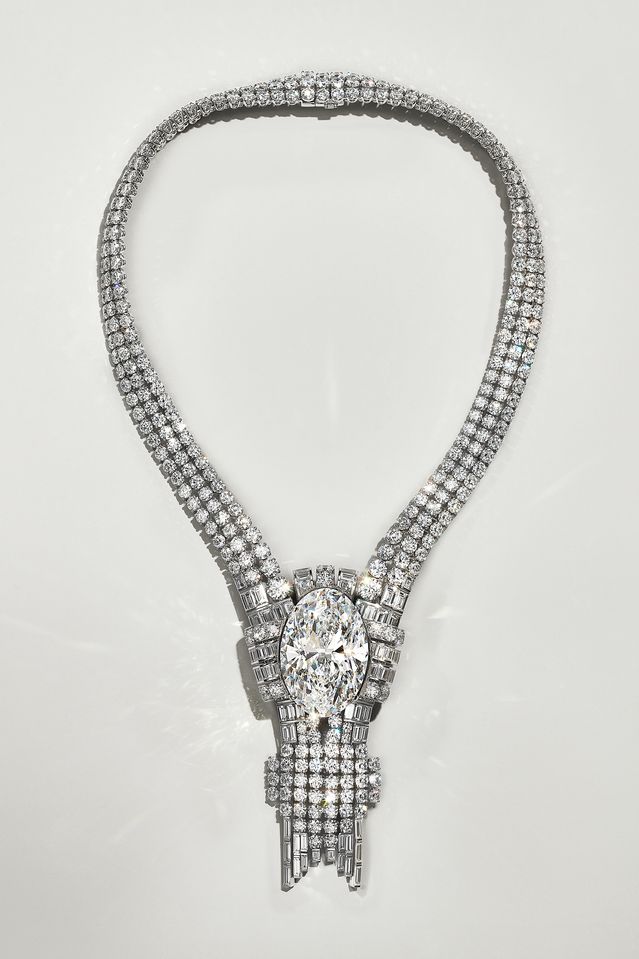
Tiffany's 'World’s Fair' necklace made of 180 carats of diamonds with an 80-carat diamond at its center, unveiled in Dubai in November.
PHOTO: TIFFANY & CO.
Mr. Arnault is under pressure to show investors the big Tiffany bet will pay off. To make Tiffany more competitive with other luxury brands, LVMH is orchestrating an overhaul that includes higher prices, a push to sell more high-end jewelry—such as a necklace made of 180 carats of diamonds with an 80-carat diamond at its center, unveiled in Dubai in November—and the introduction of new fine-jewelry collections, Mr. Ledru said.
Also in the works are new home and accessories collections and plans to open flagship stores around the world. The New York store, which has been under renovation since January 2020, is expected to reopen in time for next year’s holiday season. Tiffany has already supercharged its marketing by hiring Beyoncé and Jay-Z to star in campaigns as well as a raft of other celebrities.
“The Tiffany integration has moved forward smoothly and its performance has been strong,” LVMH’s director of financial communications, Christopher Hollis, told analysts in October.
Not everything has translated well.
At a town hall meeting with staffers in January 2021, Mr. Ledru responded to a comment about Tiffany’s progress hiring female executives by saying, “Leave some jobs for us men, because we need to work, too,” according to attendees.
Although employees understood that Mr. Ledru was joking, the comment didn’t sit well with some of them, given the sensitivity in corporate America about gender bias in the wake of the #metoo movement, the people said.
Mr. Ledru said in the interview that since he became CEO, two-thirds of jobs at the manager level and above have been filled by women. That is up from 60% before the acquisition, according to a Tiffany spokeswoman. “The facts speak for themselves,” Mr. Ledru said.
Tiffany recalled corporate staff to its New York headquarters two days a week on March 1, when many offices were still closed due to Covid-19, and monitored badge swipes, people familiar with the matter said. They added that if a group’s numbers are low, its manager is asked to fill out a form explaining why certain people didn’t come in.
Certain technology-focused divisions suffered high turnover as a result of the policy, with employees leaving for jobs that allowed them to continue working from home, one of the people said.
The company said the monitoring was for contact tracing and the paperwork for exemptions, which employees can get for health and other reasons.
In addition, said Mr. Ledru, “When you buy gemstones, you have to be in the office to grade them and assess the stones. When you are in product development, you have to see the proportions. Zoom works, but there are limitations.”
A window display at the Tiffany store in Manhattan.
PHOTO: VICTOR LLORENTE FOR THE WALL STREET JOURNAL
Current policy is for corporate staff to work from the office four days a week. Mr. Ledru said the company is considering whether to relax the rules for employees in certain departments such as finance and technology. “We’re having discussions with our senior management about how to bring more flexibility to those functions,” he said. With the spread of the Omicron variant of Covid-19, the company is giving department heads more flexibility to decide whether some staff can work from home, a spokeswoman said.
In March, LVMH brought in architect Peter Marino, who has designed many Louis Vuitton shops to spearhead a review of the Fifth Avenue renovation. Some Tiffany employees who had spent years on the project were upset by the change in direction so late in the process.
“It was a tough discussion with the team,” Mr. Ledru said. “I remember telling them, ‘This is the way it works at LVMH. We challenge ourselves.’ We said, ‘Should we have the elevators where they’re planning to be? Why the stairs there?’ I mean, we really questioned it.”
LVMH decided to stick with the original structure but to have Mr. Marino redo decorative interior touches, including new lighting and cases.
In some ways, the 48-year-old Mr. Ledru is an ideal candidate to bridge the Franco-American divide. He has dual French-American citizenship and spent 16 years working in New York, including a stint as Tiffany’s senior vice president of North America from 2013 to 2014. He returned to Paris in 2017 as a Louis Vuitton executive. “When I went back to France, I was told I was a bit too American,” he said.
Under previous management, Tiffany had a more egalitarian culture, which made it a friendly place to work but also contributed to slow, bureaucratic decision making, according to people familiar with the matter. Now, some of them said, the company is run more efficiently by a tight group of mostly non-American executives that includes Alexandre Arnault, the 29-year-old son of Mr. Arnault.
Most recently CEO of LVMH-owned luggage brand Rimowa, Alexandre Arnault joined Tiffany in January 2021 as executive vice president of product and communications. In meetings, the younger Mr. Arnault, who is responsible for rebranding the jeweler, can influence the outcome of a debate by saying, “I spoke with BA and this is what we agreed on,” referring to his father. Through a spokeswoman, Alexandre Arnault declined to comment.
Mr. Ledru reduced the number of employees in meetings to around 10 from 40 or more, which has helped speed decisions, according to current and former executives. He decentralized some corporate functions and handed more responsibility back to regional divisions.
“When you have empowerment and accountability, then you get speed,” Mr. Ledru said. “A meeting where you have more than 10 people is a difficult meeting.”
Charles Lewis Tiffany, who founded the company in 1837, cemented his reputation as the “King of Diamonds” by purchasing jewels from fleeing French aristocrats following the 1848 abdication of King Louis-Philippe of France. In 1887 the company bought roughly one-third of the French crown jewels and sold them to Americans, including socialite Caroline Astor.
Jean Schlumberger, who designed for Tiffany from 1956 until his death in 1987 and created iconic pieces such as the “Bird on a Rock” brooch, was French. Mr. Ledru noted that Tiffany opened a buying office in Paris in 1850, an unusual move for an American company at that time.
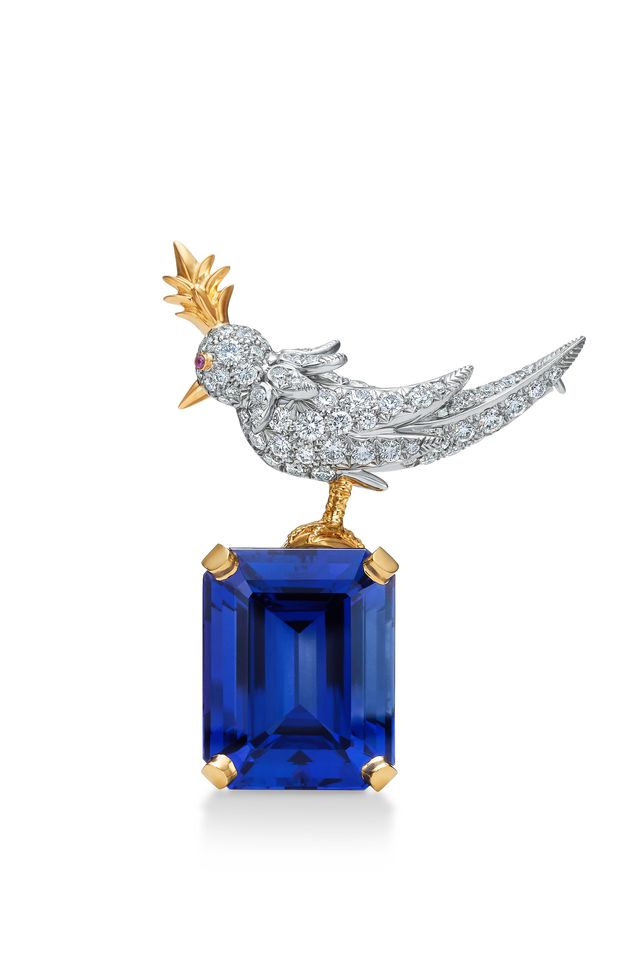
Jean Schlumberger's ‘Bird on a Rock’ brooch.
PHOTO: TIFFANY & CO.
Still, Tiffany remains very much a U.S. company. As of 2019, it got 43% of its sales from the Americas, putting it at a disadvantage to Cartier and other jewelers that have a larger presence in the lucrative Chinese market, analysts said. Overall sales totaled $4.4 billion in 2019, the last full year for which it reported results. Financial figures for Tiffany no longer are broken out.
Despite its blue box pedigree, Tiffany has long relied on less-expensive silver jewelry for a large chunk of its sales. Jewelry categories with an average price of $530 or less made up 45% of sales in 2016. Analysts worried that Tiffany was allowing the proliferation of silver jewelry to weaken the brand.
Under LVMH, Tiffany is raising prices on silver and in some instances pairing it with other precious metals and stones. Prices on certain collections are up 7% to 13% from 2020, according to the company. Increases are bigger for some items, such as a “Return to Tiffany” silver charm bracelet—$425, versus $300 a year ago. Some of the increases reflect the rising cost of raw materials, the company said.
“They are OK with losing some consumers,” said Erwan Rambourg, the head of consumer and retail research at HSBC. “They want to compete with Cartier, not with Zales.”
Tiffany is making a bigger effort to stress high-end jewelry such as Mr. Schlumberger’s Plum brooch with pink sapphires, diamonds and a 53-carat tanzanite gemstone that was part of its 2021 Blue Book collection on view in Shanghai in April.
Mr. Ledru said sales of high-end jewelry, with prices above $100,000, are up 50% in 2021 compared with 2019. This has helped spur a 35% increase in the average amount that consumers, particularly those under 40, are spending with the brand, he said. Total sales have increased 30% from 2019, according to a person close to the company.
Mr. Ledru said his team is scouting opulent properties beyond its signature Fifth Avenue location, including in Paris, Beijing and Shanghai. The company recently signed a lease on a former palazzo in Milan that it will transform into a store by 2023. “We’re going to go big, or we’re not going,” Mr. Ledru said. The company has about 332 stores world-wide.
A campaign unveiled in July with the tagline “Not Your Mother’s Tiffany” that features young, hip-looking models created a backlash on social media by customers who felt the slogan was insulting.
“I look up to my mom for her elegance and class,” said Victoria Stafford, a 22-year-old consultant in Logan, Utah, who has a heart-shaped Tiffany necklace that matches one her mother owns. “Why would I want to shop at a brand that is degrading her style?”
Mr. Ledru said the intended message was more along the lines of, “Not Just Your Mother’s Tiffany,” in the hopes of reaching a broader audience. “We knew there would be a strong dialogue,” he said. “We’re ready for that.”




